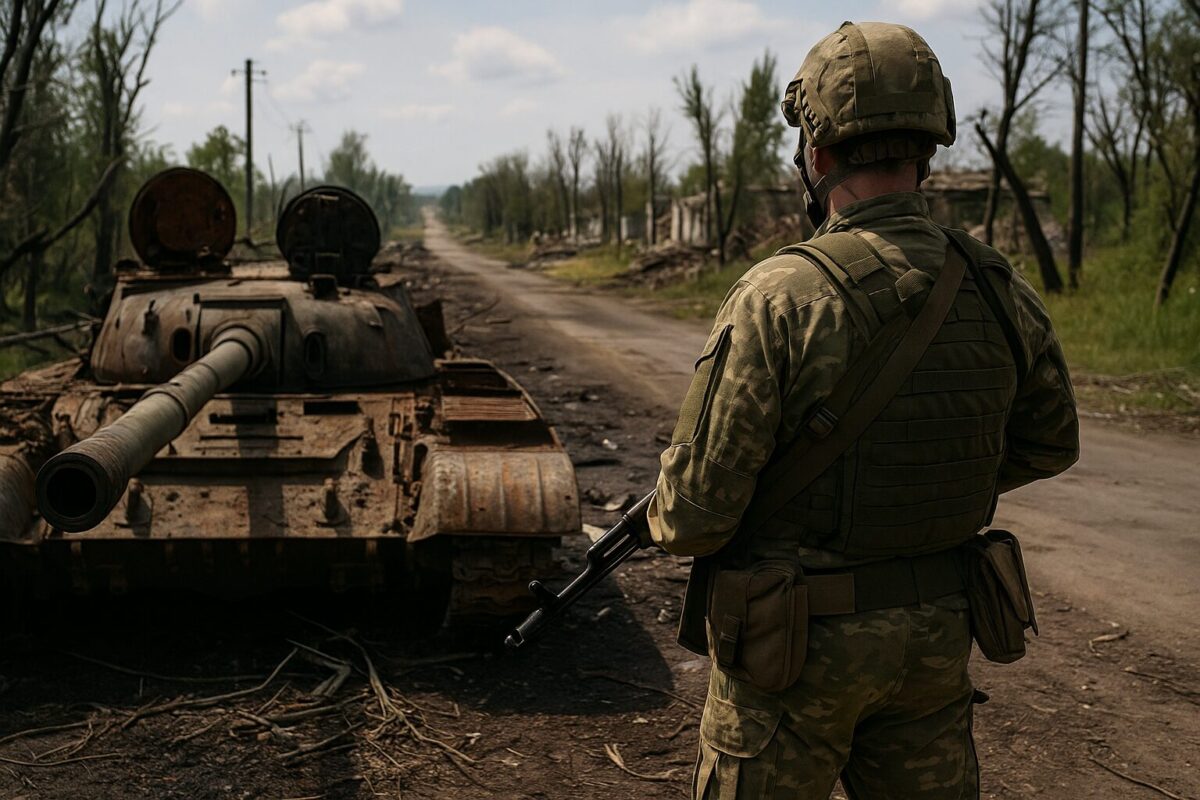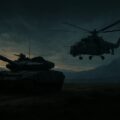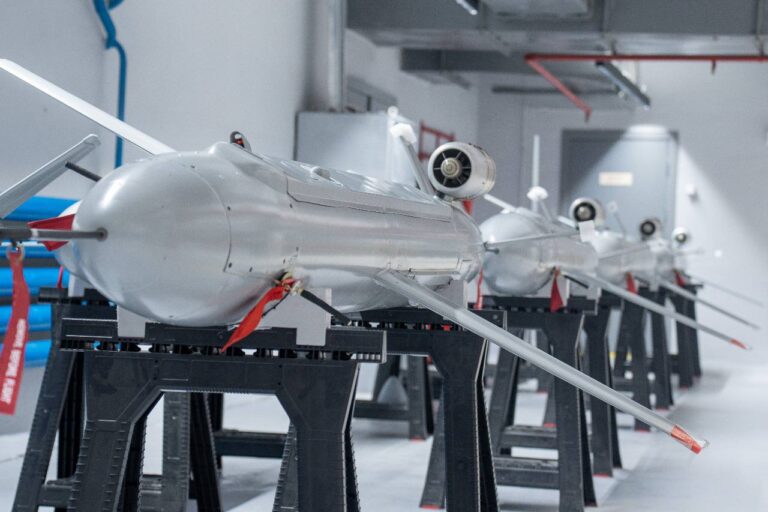
NATO warns of escalation on the front line this autumn: why the situation for Ukraine is critical
In June 2025, Western governments and military experts are talking about the coming autumn without illusions. After a period of relative frontline stability, both the pace and the nature of combat are expected to change perhaps dramatically. Despite the resilience of Ukraine’s defense, more and more NATO and EU policymakers now openly admit: the next six months could prove decisive.
Military balance: Both sides near exhaustion
According to analysis by the Financial Times, based on conversations with NATO military officials and European politicians, both the Russian and Ukrainian armies have reached the limits of their mobilization and resources. In two and a half years of war, both sides have suffered losses unprecedented for modern Europe.
- Russia: Western intelligence estimates that the Russian military has lost over a million soldiers killed and wounded, but Moscow continues to replenish its ranks through mobilization and propaganda. This allows Russia to sustain the current tempo for perhaps another year despite the enormous cost.
- Ukraine: After multiple waves of mobilization in 2024 and heavy fighting in the east and south, Ukraine is experiencing a shortage of manpower. General Oleksandr Syrskyi notes that the frontline has grown by more than 160 km and now exceeds 1,200 km. This demands constant reinforcement and re-equipping of the army.
Western analysts are frank: without new military support, the Armed Forces of Ukraine could lose their ability to defend effectively as early as this autumn. That’s why talk of a “catastrophic failure” is now part of the official agenda both in Kyiv and NATO headquarters.
Why is the Kremlin so focused on Odesa?
Throughout spring and early summer, Western officials in private conversations with Financial Times journalists have emphasized: the Kremlin’s main objective is to reach Odesa. Putin and his advisers openly refer to the city as “historically Russian.” For Moscow, Odesa is both a symbol and a way to deprive Ukraine of its principal seaport.
Capturing Odesa would give Russia control over Ukraine’s exports, cut the country off from the Black Sea, and potentially create a land corridor to Transnistria. However, Western analysts consider this scenario highly challenging for Moscow, given its real losses, the shortage of mechanized units, and the strong resistance from the Ukrainian Armed Forces.
Europe prepares for a “difficult autumn”
Warnings from Western politicians are becoming more direct: without significant arms deliveries and funding, Ukraine may lose not only defensive momentum but also additional territory. Last week, Kyiv was visited by former leaders of Poland, Sweden, Finland, and the Netherlands, who issued a joint statement:
“The threat to Europe is clear and imminent if we do not act decisively now. Ukrainians will never stop resisting, but without support, new cities could be lost and the security of millions of Europeans put at risk.”
This is not just about symbolic solidarity but very concrete numbers. Estimates say $10-15 billion is needed to fully scale up Ukrainian arms production. Crucially, even if the U.S. reduces military aid, Europe is capable of meeting most of Ukraine’s immediate needs.
Relevant
New technologies on the battlefield: Changing the nature of war
Despite exhaustion and losses, Western military experts point out that it’s technological innovation that is helping Ukraine hold off most of Russia’s offensive plans.
- Kamikaze drones, strike UAVs, and deep strikes on enemy rear positions have already changed the logic of the war. It’s now common for large Russian units to be unable to break through a dense “screen” of drones.
- Unique special operations including attacks on the Crimean Bridge, underwater strikes on bridge supports have shown that Ukrainian forces can act in creative ways, hitting both symbolic and strategic targets.
Even in the event of local breakthroughs, Russia still lacks enough mechanized divisions to fully exploit those gains.
Looking ahead: What autumn will decide
The main conclusion of recent analytical reviews: the war is entering a new phase of uncertainty, and the pace of military aid, the quality of weapons, and the level of mobilization at home may prove decisive.
Autumn 2025 will be a test of resilience, trust in partnerships, and the ability to act strategically for both Ukraine and Europe. The question is not just how much weaponry is provided, but whether the West can support Ukraine in a “long war” without illusions or procrastination.
The coming months will reveal whether Europe is willing to invest in the continent’s security and whether Ukraine can maintain its strength and morale in the face of exhaustion and pressure.
And now this is not only a Ukrainian question, but a pan-European responsibility.














